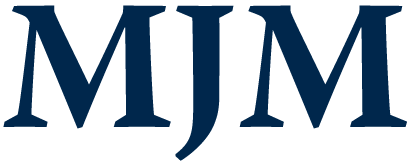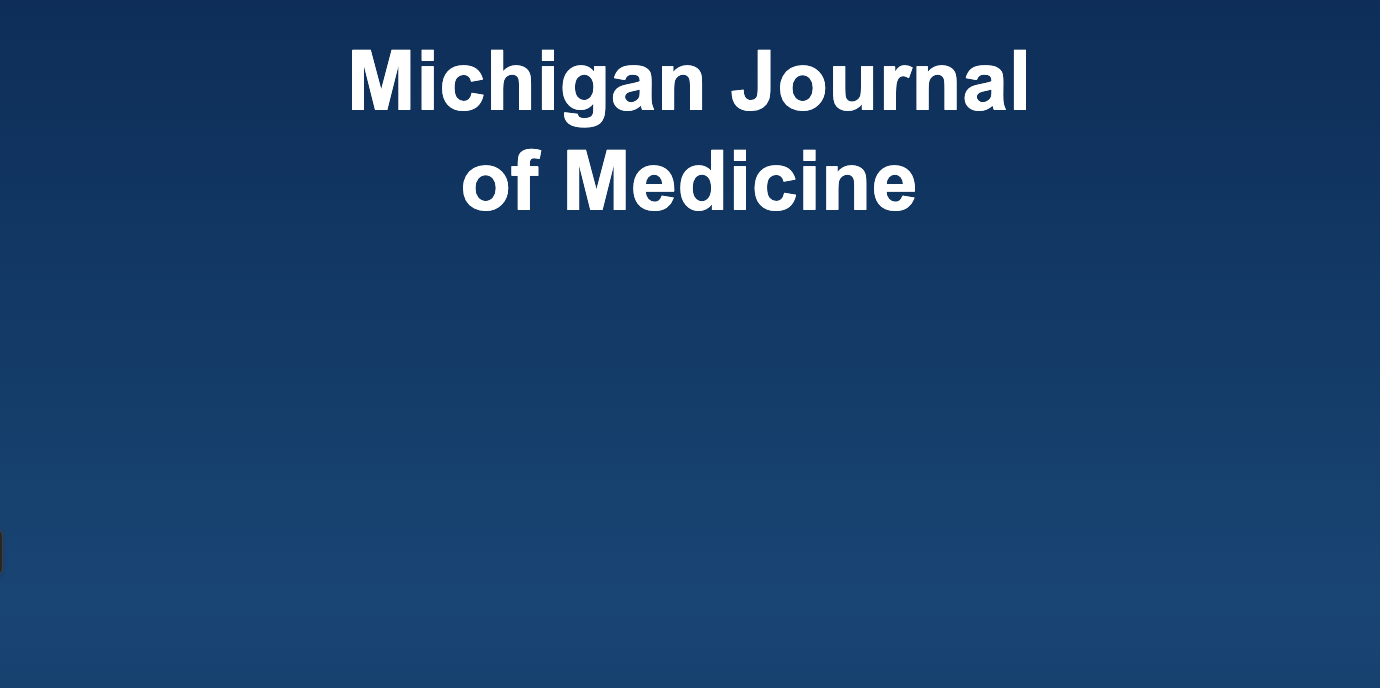There are countless stories in the lay press about patients being negatively impacted by healthcare costs in the U.S. From surprise out-of-network billing in procedures to pharmaceutical costs, patients regularly experience uncertainty about costs when interacting with the healthcare system. Pharmaceutical costs specifically can be a significant burden for patients. This can be especially true for drugs developed for rare diseases. In the U.S, legislation was passed in 1983 to encourage drug development for rare diseases, defined as those affecting less than 200,000 people, under the Orphan Drug Act.1 While this legislation helps stimulate drug development, the medications created for rare disease often have higher out of pocket cost to patients. One such example of a disease in which patients experience significant financial burdens is pulmonary arterial hypertension (PAH).
PAH, or WHO Group 1 Pulmonary Hypertension, is a progressive disease characterized by vasoconstriction and remodeling of the pulmonary arteries.2 Over time, the increase in pulmonary vascular resistance leads to increased right heart strain, right heart failure, and ultimately death.2 The mainstay of treatment today consists of several drug classes that target three major pathways involved in the pathogenesis of PAH.2 The nitrous oxide pathway is targeted by phosphodiesterase 5 inhibitors (PDE5i) such as tadalafil and sildenafil, as well as the guanylate cyclase stimulator riociguat. The prostacyclin pathway is targeted by prostacyclin analogues (treprostinil, epoprostenol) and prostacyclin receptor agonist selexipag. Lastly, the endothelin pathway is targeted by endothelial receptor antagonists (ERAs) such as ambrisentan, bosentan, and macitentan. The approach to treating PAH involves targeting multiple pathways, meaning patients are prescribed—and have to pay for—multiple expensive drugs.
Unsurprisingly, the financial burden of PAH to patients and the healthcare system is significant. Studies have estimated that healthcare-related monthly costs for PAH range from $2,000 - $9,000 per patient.3,4,5,6 Of these costs, medications make up a large component; a claims review of PAH patients demonstrated that pharmacy costs increase substantially after PAH medications are started, surpassing $38 K annually per patient.7 These hefty medication costs can place unnecessary strain not only on patients, but also the hospital system.
Given this, it can be challenging for patients to navigate the system. Fortunately, there are online companies and resources that exist already to help patients access medications at lower costs. Goodrx.com, for instance, allows patients to compare costs for generic drugs such as tadalafil (20 mg, 60 tablets) listed at a retail price of ~$3,000 with cheaper options as low as $34, and sildenafil (20 mg, 90 tablets) available for around $17 and retailing ~$440.1 These types of cost-comparison resources are certainly helpful. However, the prices still range widely by pharmacy. For example, while patients may be able to get tadalafil for $34 at Meijer pharmacy with GoodRx, that same medication would cost $881 at CVS or Target using GoodRx, making it almost 26 times more expensive. Patients unable to access the pharmacy with the lowest price may therefore not derive the same benefit.
As such, one intervention that can potentially dramatically improve the accessibility and affordability of these medications would be through transparent pricing of medications for patients. Cost Plus Drugs is one company doing just that. The company was started by Mark Cuban with a simple business model for generic medications: drugs are sold at cost, plus 15%, plus any pharmacy fee. The website features PAH drugs such as tadalafil (Cialis) for only $9.60 (20 mg, 60 count), <0.5% of the estimated retail price. Similarly, sildenafil citrate (20 mg, 90 tablets) available for $8.40 at <2% of the retail price.2
The potential for transparent pharmaceutical pricing to improve affordable access to drugs is great. While eventual legislation is ultimately needed to make the pharmaceutical industry truly transparent, Cuban’s company stands as an example of what can be done in the private sector to drive down costs by cutting out the middleman and creating an accessible platform offering a convenient, low-cost way to get medications shipped to a patient’s doorstep. We can already see the potential benefits not only for patients with PAH, but also other conditions. In fact, recent studies have evaluated the impressive cost-saving potential at both the patient and system-level using Cuban’s company in several therapeutic spaces such as oncology, urology, and cardiology.8,9,10
However, clear limitations still exist – only patients with internet access and a stable address with ability to receive mail can engage in this type of platform. These types of limitations have the potential to exacerbate existing inequities akin to other telehealth and internet-based health resources. Additionally, online medication platforms are only successful if both patients and providers are aware of them and have sufficient time to invest in discussing and using them, which may not occur in the context of a time-constrained clinic visit. Clearly, there is still a path ahead to truly improve access, but this represents a positive first step in moving toward a more affordable future for medications, including orphan diseases such as PAH.
Notes
- The prices shown represent the prices displayed on GoodRx at the time of writing this paper. ⮭
- The prices shown represent the prices displayed on CostPlusDrugs at the time of writing this paper. ⮭
Conflicts of interest:
The authors have no conflicts of interest to disclose
References
1. Althobaiti H, Seoane-Vazquez E, Brown LM, Fleming ML, Rodriguez-Monguio R. Disentangling the cost of orphan drugs marketed in the United States. Healthcare (Basel). 2023; 11(4):558. doi: http://doi.org/10.3390/healthcare11040558. Published 2023 Feb 13.
2. Humbert M, Sitbon O, Simonneau G. Treatment of pulmonary arterial hypertension. New England Journal of Medicine. 2004; 351(14):1425–1436. doi: http://doi.org/10.1056/nejmra040291.
3. Copher R, Cerulli A, Watkins A, Laura Monsalvo M. Treatment patterns and healthcare system burden of managed care patients with suspected pulmonary arterial hypertension in the United States. J Med Econ. 2012; 15(5):947–55. doi: http://doi.org/10.3111/13696998.2012.690801.
4. Angalakuditi M, Edgell E, Beardsworth A, Buysman E, Bancroft T. Treatment patterns and resource utilization and costs among patients with pulmonary arterial hypertension in the United States. J Med Econ. 2010; 13(3):393–402. doi: http://doi.org/10.3111/13696998.2010.496694.
5. Said Q, Martin BC, Joish VN, Kreilick C, Mathai SC. The cost to managed care of managing pulmonary hypertension. J Med Econ. 2012; 15(3):500–508. doi: http://doi.org/10.3111/13696998.2012.665109.
6. Kirson NY, Birnbaum HG, Ivanova JI, Waldman T, Joish V, Williamson T. Excess costs associated with patients with pulmonary arterial hypertension in a US privately insured population. Appl Health Econ Health Policy. 2011; 9(5):293–303. doi: http://doi.org/10.2165/11592430-000000000-00000.
7. Sikirica M, Iorga SR, Bancroft T, Potash J. The economic burden of pulmonary arterial hypertension (PAH) in the US on payers and patients. BMC Health Serv Res. 2014; 14:676. doi: http://doi.org/10.1186/s12913-014-0676-0.
8. Cortese BD, Dusetzina SB, Luckenbaugh AN, et al. Projected savings for generic oncology drugs purchased via Mark Cuban Cost Plus Drug Company versus in Medicare. Journal of Clinical Oncology. 2023; 41(29):4664–4668. doi: http://doi.org/10.1200/JCO.23.00079.
9. Schloegel V, Harris L, Harris A, Dropkin B. Evaluation of potential urologic prescription drug savings with Mark Cuban Cost Plus Drug Company. Urology Practice. 2024; 11(2):276–282. doi: http://doi.org/10.1097/UPJ.0000000000000510.
10. Narendrula A, Lang J, Mossialos E. Generic cardiology drug prices: The potential benefits of the Marc Cuban cost plus drug company model. Frontiers in Pharmacology. 2023; 14:1179253. doi: http://doi.org/10.3389/fphar.2023.1179253.

